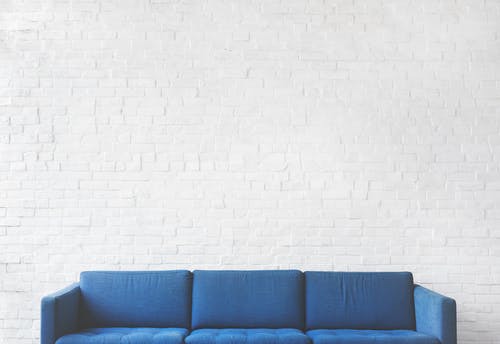
What Determines the Cost of Professional Mold Remediation?
Discovering mold in your home can be a cause for concern – not just because of health risks but also worrying about the hit to your wallet. If you’ve spotted that unsightly fungus among us, you’re probably wondering what it’s going to cost to get rid of it. Professional mold remediation isn’t a flat-rate service; several factors influence the bottom line. Let’s break down what can affect the cost and why it’s important to tackle the issue with the help of pros.
1. Size of the Infected Area
The first and most obvious factor impacting the price of mold remediation is the extent of the mold growth. The larger the area that needs treatment, the higher the cost. This is because more materials, time, and labor are required to clean a larger space. Mold remediation professionals typically charge by the square foot, so a small area might be a minor expense, while an entire house could be a significant financial undertaking.
2. Mold Species
Not all molds are created equal. Some species, like the commonly feared black mold (Stachybotrys chartarum), may require special handling and more rigorous treatment measures, leading to increased costs. Other types of mold might be less dangerous and easier to remove, which could keep expenses lower.
3. Location of the Mold
Where mold decides to settle in your home can dramatically impact the remediation bill. Mold in easy-to-reach areas like non-porous kitchen countertops will be simpler and, therefore, cheaper to deal with than mold nestled deep within your walls or air conditioning systems. Accessibility matters when it comes to cleaning and restoration tasks.
4. Level of Contamination
Mold doesn’t just grow on surfaces; it also releases spores that can contaminate the air and spread to other areas. If your HVAC system is involved or the mold has been left unchecked for a long time, remediation may require more complex air filtration and comprehensive cleaning, thus driving up the cost.
5. Remediation Process Required
The steps needed to remove the mold factor are included in the cost. Basic cleanup is enough for some jobs, but other situations call for removing and replacing structural materials, such as drywall or insulation, which can be pricier.
Removing mold goes beyond just scrubbing at spots on the wall. It’s about ensuring the spores don’t return. Stamford mold services providers take a multi-faceted approach that may include air filtration, surface treatments, and even preventative advice to make sure that once the mold is gone, it stays gone.
6. Additional Services
Some mold problems come with companions, like water damage, that must be addressed. There can be additional services required, such as water extraction, drying, and dehumidification, which add to the overall costs of the remediation project.
When mold is part of a larger problem, such as after a flood or a leak, you might need comprehensive property damage restoration. That’s where Stamford restoration specialists come into the picture. They can offer a holistic approach to not only remove the mold but also restore your property to its pre-damage state, ensuring a healthy living environment and maintaining your home’s value.
7. Health and Safety Measures
Health and safety measures are crucial during any remediation process, particularly when dealing with potentially hazardous infestations. Here are some key considerations:
-
Personal Protective Equipment (PPE): Technicians should wear appropriate PPE, such as respirators, gloves, goggles, and coveralls, to protect themselves from exposure to harmful substances or organisms.
-
Training: Ensure that technicians are adequately trained in handling hazardous materials and understand the proper use of PPE and safety protocols.
-
Ventilation: Adequate ventilation should be provided in the remediation area to prevent the buildup of harmful fumes or particles.
-
Containment: Contain the affected area to prevent the spread of contaminants to other parts of the building or environment.
-
Decontamination: Establish procedures for decontaminating equipment, tools, and personal protective gear after use to prevent cross-contamination.
-
Hazardous Waste Disposal: Properly dispose of hazardous materials in accordance with local regulations and guidelines.
-
Monitoring: Regularly monitor air quality and other relevant indicators to ensure that safety measures are effective and that occupants are not exposed to harmful substances.
-
Communication: Keep occupants informed about the remediation process, potential risks, and safety precautions being taken to address the infestation.
8. Professional Expertise and Guarantee
You’re paying not just for physical mold removal but also for the expertise of certified professionals who can ensure the job is done right. A reputable firm might charge more, but they often provide guarantees for their work, which can provide peace of mind and prevent future expenses from recurring issues.
Finding the right Greenwich mold remediation team for mold issues is critical. They have the experience, equipment, and processes in place to tackle a variety of mold scenarios. They focus on identifying the source of the problem, containing the mold, removing it, and ensuring that your space is treated adequately to prevent future growth.
Wrapping Up
Now that you’ve got a handle on what affects the costs, you’re better prepared to budget for mold remediation. Mold remediation is an essential service that brings its own set of challenges and variables. Remember that while the upfront costs might seem steep, investing in professional mold removal not only helps protect your health but also the value of your property in the long run.